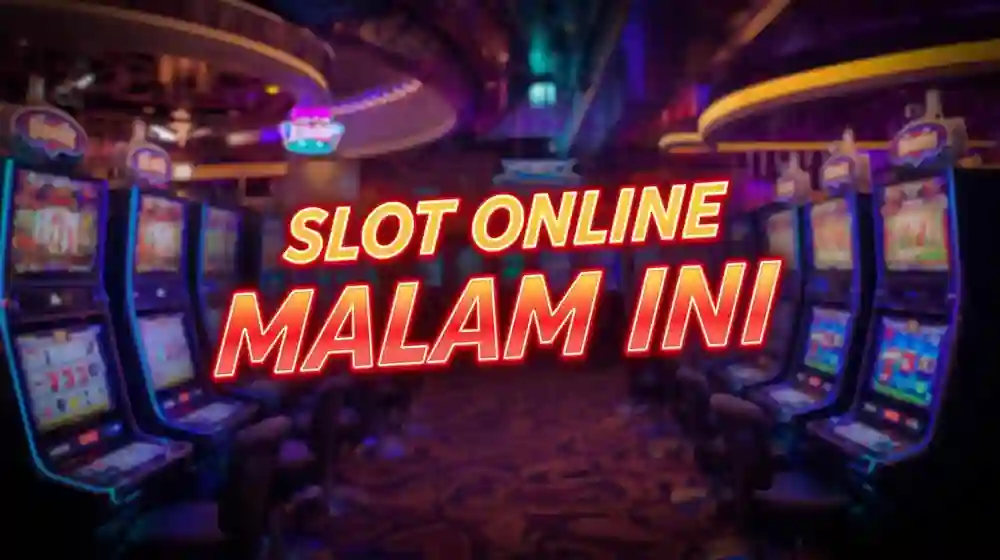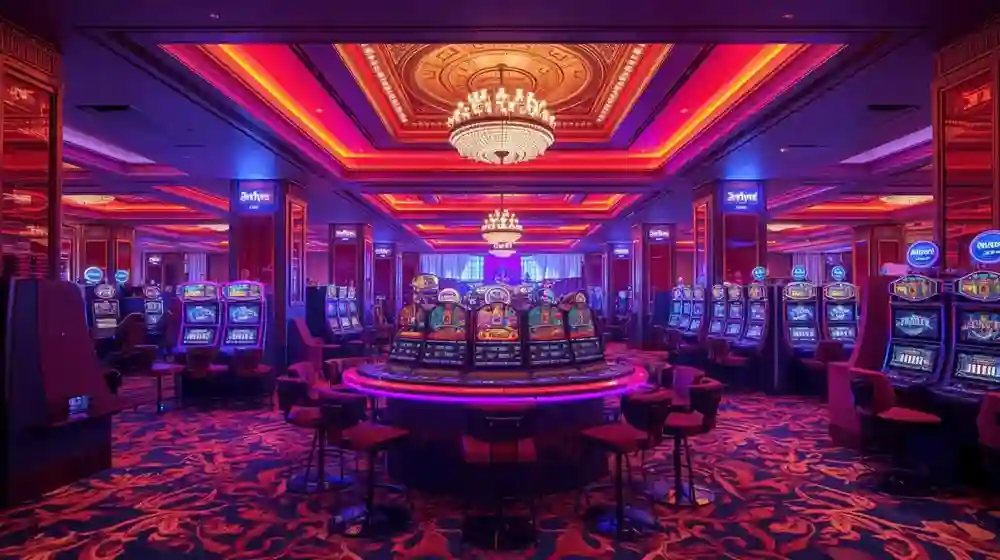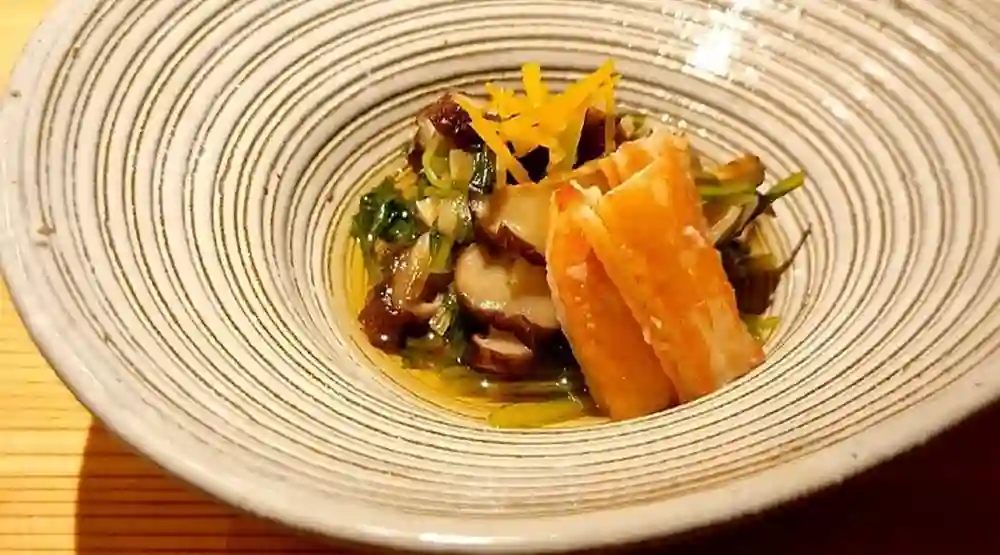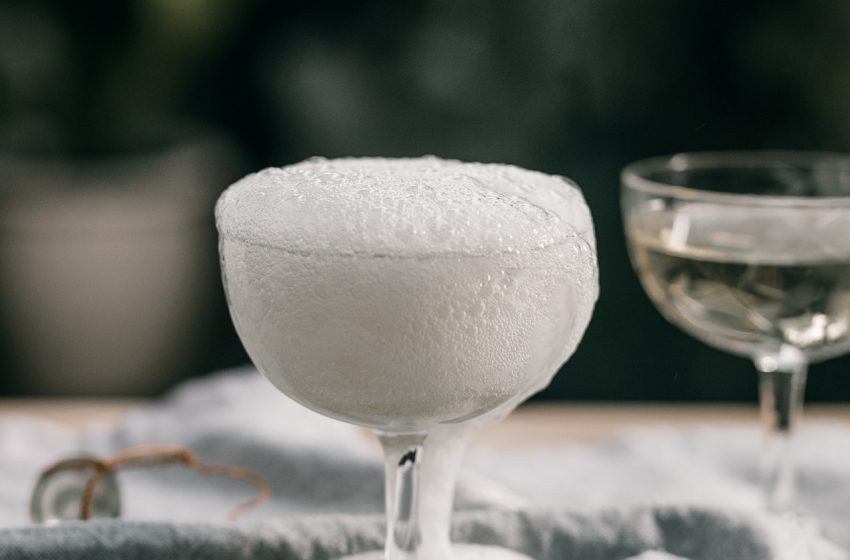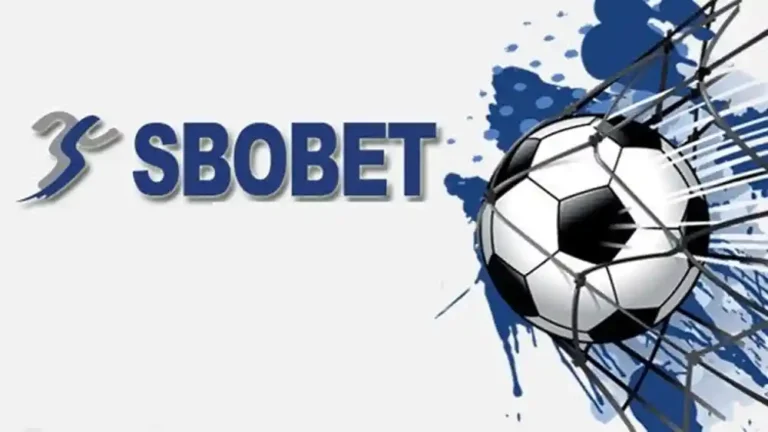Bubbles and clinking glasses are intended for happy gatherings and celebrations. But what if you’re attempting to stop yourself from laughing? Thankfully, this lack of giggle juice encourages you to let the hair down and appreciate each moment entirely.
To date, many people wonder: “Is sparkling wine non-alcoholic?”
Yes, it is true! Alcohol-free sparkling wine is a well-known beverage that many people who drink moderately like. And for regular drinkers, the most excellent non alcoholic sparkling wine is typically required. Today, in this blog, we will provide you with all pertinent facts about this non-alcoholic sparkling wine to be aware of. Let’s have a look!
Why should you try a sparkling wine that isn’t alcoholic?
There are numerous compelling reasons to sample a glass of de-alcoholised sparkling wine. Explanations are that you enjoy wine but are currently pregnant or taking medications that should not be combined with wine or that you are a designated driver.
Furthermore, non-alcoholic sparkling wine may be an excellent treatment for someone hooked on wine or alcohol. Because the alcohol concentration is nearly zero, these consumers may find it challenging to taste de-alcoholised wine.
Although they may battle with complicated emotions and irritation at times, if they can complete this challenge, their alcoholism will be significantly improved, if not completely eradicated.
What is the process for making non-alcoholic sparkling wine?
Techniques for making non-alcoholic sparkling wine and Champagne differ based on where they are manufactured and who manufactures them. If traditional winemaking is used, the brewer will follow the same procedure as for the alcoholic beverages, but the alcohol will be removed before packaging.
In traditional winemaking, there are three basic ways to remove the alcohol:
- Vacuum distillation: The alcohol is vaporised at a low temperature in a vacuum chamber. Most aromas are also vaporised in this procedure and must be mixed later.
- Spinning cone columns: By utilising inverted cones and centrifugal forces, the alcohol is periodically vaporised and concentrated at a low temperature.
- Reverse osmosis (RO) is a cross-flow purification method that removes fragrance molecules and phenolics before distillation that eliminates the alcohol. The residual water is then reintroduced into the filtered wine concentration.
When traditional winemaking processes are used to make non-alcoholic Champagne or sparkling wine, trace elements of alcohol are often left behind. Therefore, the answer to the question “is alcohol-free Champagne actually alcohol-free?” is yes.
Check the label (even though it’s complicated!) to ensure the alcohol by volume (ABV) is less than 0.5 per cent, as this is the government’s limit.
The Non-alcoholic Wine Label: What Does It Mean?
Interpreting a wine label can be difficult for the typical individual, and decoding a non-alcoholic or low alcohol label may be even more difficult. Just because something has a lovely label doesn’t imply it’s good, so you must know where to look.
Furthermore, she seeks out wines from specific regions and sub-regions. If you understand where your favourite alcoholic wines are made, that’s an excellent location to start your quest. Remember that the more exact you can be, the better your decision will likely be.
Final Thoughts
You only have one life! As a result, when you reach the legal drinking age, attempt to savour a glass of non-alcoholic sparkling wine. Remember that drinking with friends, family, and relatives is considerably more exciting and entertaining.
